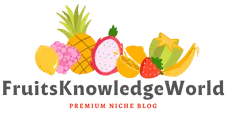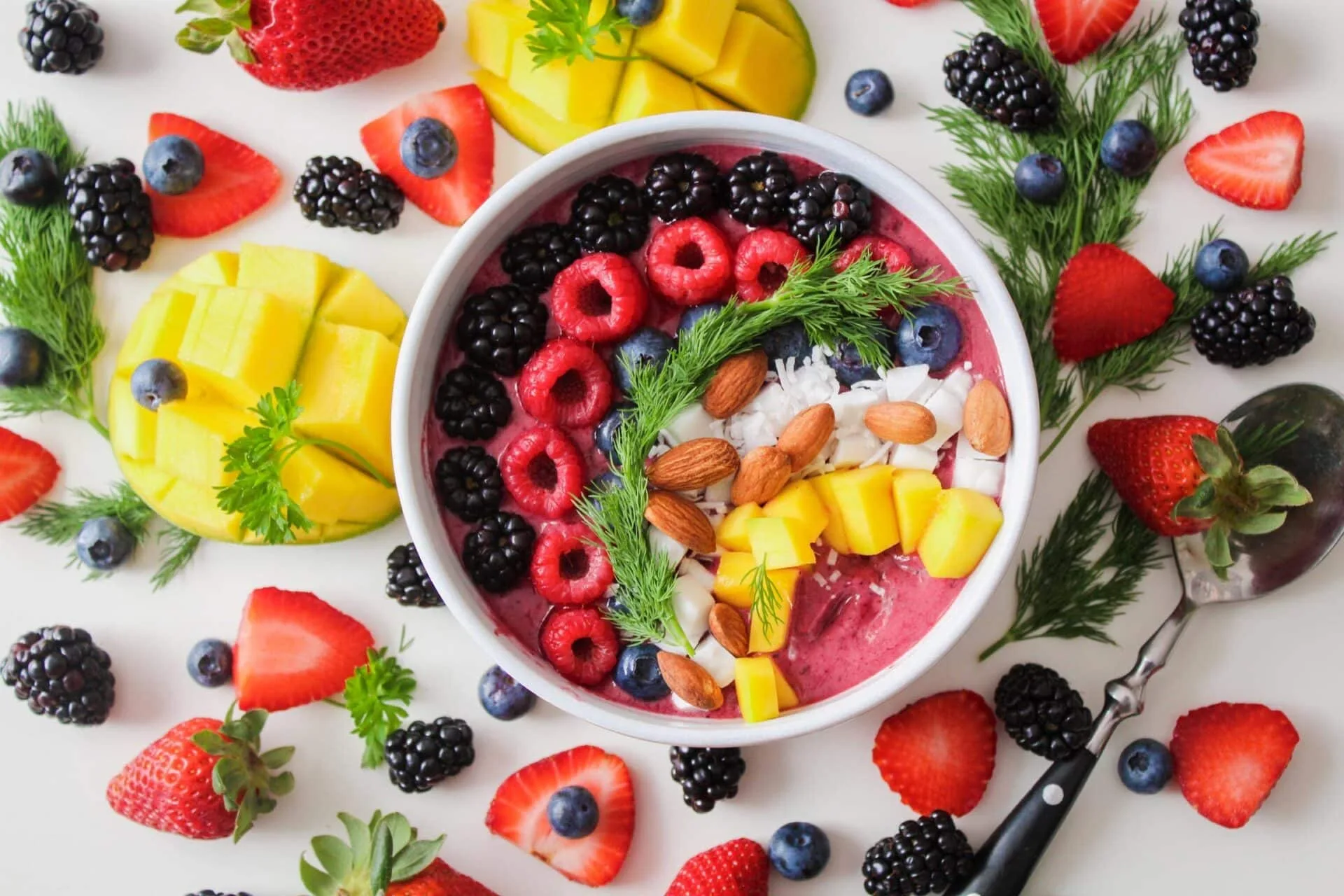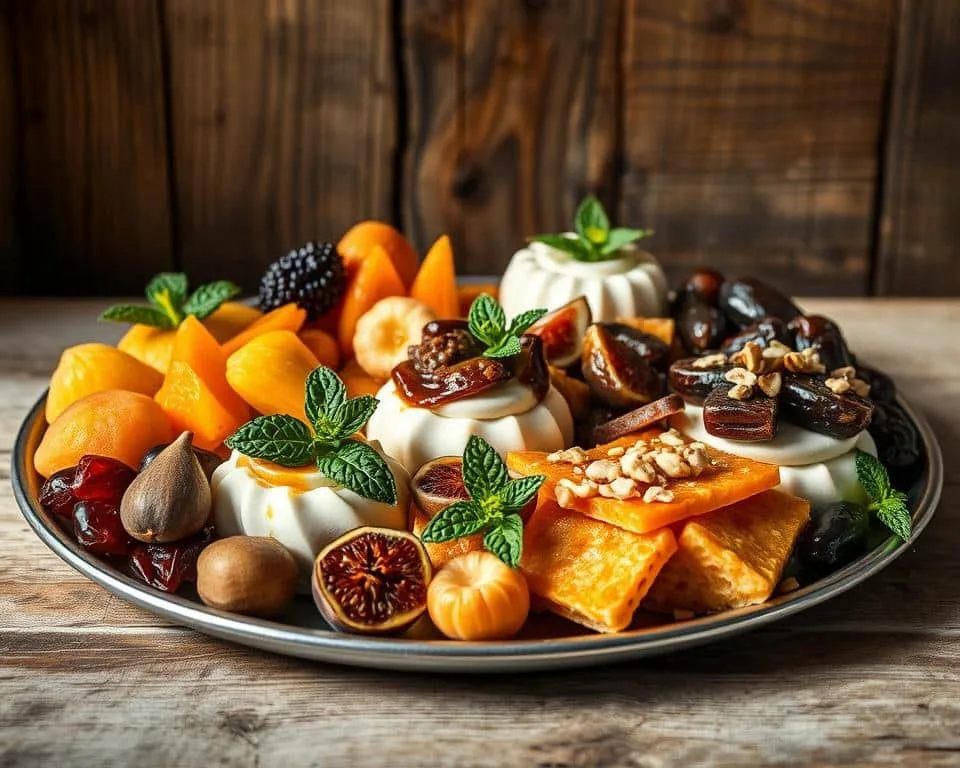Do Strawberries Need Pollinators? Yes, they do! Strawberries are an important part of the global agricultural landscape, providing valuable nutrition to people around the world. But to grow and produce fruit, they need help from their pollinator friends. From bees and other insects to birds and even bats, pollinators play a crucial role in ensuring strawberry plants have a successful growing season. In this article, we will explore why strawberry plants need pollinators and what can be done to ensure that they get the help they need.Strawberries are a type of edible fruit that belongs to the rose family. They have a juicy, red flesh and a sweet flavor. They are usually eaten as a snack or used in desserts, jams, and juices. Strawberries are also rich in vitamin C and fiber.
Pollinators
Pollinators are animals that play a key role in the reproduction of many plants. They facilitate the transfer of pollen from one plant to another, allowing fertilization to occur and thus creating the potential for new seeds and fruits to develop. The most common pollinators are insects, such as bees, butterflies, moths, wasps, beetles, and flies. However, some birds and small mammals can also act as pollinators. Pollinators are essential for the production of many fruits and vegetables that humans consume. Without pollinators, our diet would be much less diverse and nutritious. Unfortunately, due to human activities such as habitat destruction, pesticide use, climate change, and disease epidemics among pollinator species, the number of pollinators is declining in many parts of the world. This is why it is important to protect them and ensure their habitat remains healthy and intact.
In order to protect pollinators, it is important to create more habitat for them by planting native flowers that they can use as food sources. It is also important to reduce pesticide use in areas where pollinators are present. Additionally, providing nesting sites such as bee boxes or butterfly houses can help increase local populations of these species. Finally, supporting local organizations that are actively working to protect pollinator species can help ensure their continued presence in our environment.
The Role of Pollinators in Strawberry Production
Pollinators play an important role in the production of strawberries. They help to transfer pollen from one flower to another, resulting in the fertilization of the flowers and subsequent production of fruit. Without pollinators, there would be limited strawberry production and, ultimately, a great reduction in the supply of this beloved fruit.
Bees are one of the most important pollinators for strawberries and other fruits. Honeybees are particularly effective pollinators, as they are able to cover large areas quickly and efficiently. They also have good memories when it comes to flower locations, making them more efficient than other types of pollinators. Additionally, they are relatively easy to manage and can be used for both large-scale and small-scale production.
Bumblebees are also effective pollinators for strawberries. They are larger than honeybees and have longer tongues, which allows them to reach deep into flowers to access pollen and nectar more easily. Bumblebees also have an advantage over honeybees because they can fly in cooler temperatures, allowing them to work earlier in the season when temperatures may be too cold for honeybees.
In addition to bees, some species of butterflies and moths can also be effective pollinators for strawberry crops. These species include the white cabbage butterfly (Pieris rapae), which has been observed visiting strawberry flowers frequently during its active season; the red admiral (Vanessa atalanta), which is common throughout many parts of North America; and the morning cloak butterfly (Nymphalis antiopa), which is active during early spring when many other pollinator species may not yet be available.
Finally, wild birds such as finches can act as important pollinators for strawberry crops by feeding on ripe fruits and dispersing seeds across a wide area. This helps to ensure that new plants will germinate in areas where they may not have been present before.
In conclusion, pollination is essential for successful strawberry production and without it there would be a significant reduction in yields. Bees (both honeybees and bumblebees) along with butterflies, moths and wild birds all play an important role in ensuring that strawberry crops thrive.
How Do Pollinators Help Strawberries?
Pollinators help strawberry plants to reproduce and produce fruit by transferring pollen from the male part of the flower to the female part of the flower. Without pollinators, such as honey bees, birds, and butterflies, strawberry plants would not be able to fertilize themselves, resulting in a lack of fruit. Pollination helps increase strawberry yields and ensure that plants are healthy and strong.
Pollinators are attracted to the sweet nectar produced by strawberry flowers. As they feed on the nectar, pollen grains stick to their bodies and are then transferred from one plant to another as they move from flower to flower. This process allows for cross-pollination which helps create diversity in strawberry plants, ensuring that different genetic material is spread around and new varieties can be created.
In addition to enhancing the genetic diversity of strawberry plants, pollinators also help improve their overall health. By transferring pollen from one plant to another, pollinators help spread essential nutrients throughout the entire population of plants. This helps increase plant vigor and reduce disease susceptibility in strawberries.
Overall, pollinators are essential for successful strawberry production as they facilitate reproduction and help improve plant health by transferring pollen and nutrients throughout populations of wild or cultivated strawberries.
Types of Pollinators Needed for Strawberries
Pollination is an important process for many types of fruits and vegetables, including strawberries. Pollination occurs when pollen from the male part of a flower (the anthers) is transferred to the female part (the stigma) of the same or another flower. Without pollination, fruit production will be limited. Strawberries rely on a variety of pollinators, including bees, wasps, hummingbirds, butterflies, moths, and other insects.
Bees are one of the most important pollinators for strawberries. Honeybees are the most common type of bee found in strawberry fields, but there are several other species that also visit strawberry flowers for nectar and pollen. These bees play a crucial role in pollinating strawberries by transferring pollen from one flower to another while they feed.
Wasps are also important pollinators for strawberries. Species such as yellowjackets and paper wasps help to move pollen between flowers as they feed on nectar and fruit juice. Hummingbirds also play a key role in strawberry pollination by hovering over flowers while feeding and transferring pollen from one flower to another with their long bills.
Butterflies and moths are also vital pollinators for strawberries. These insects visit flowers to feed on nectar and transfer pollen with their bodies as they move from one flower to another. Other insects such as flies, beetles, ants, and even birds can also contribute to strawberry pollination by transferring pollen between flowers while they feed or search for food.
In conclusion, a variety of different types of animals are needed in order to ensure successful pollination of strawberries. Bees are by far the most important type of pollinator for this crop due to their ability to quickly transfer large amounts of pollen between flowers while they feed on nectar. Other animals such as wasps, hummingbirds, butterflies, moths, flies, beetles, ants, and even birds all play key roles in ensuring successful pollination of this important crop.
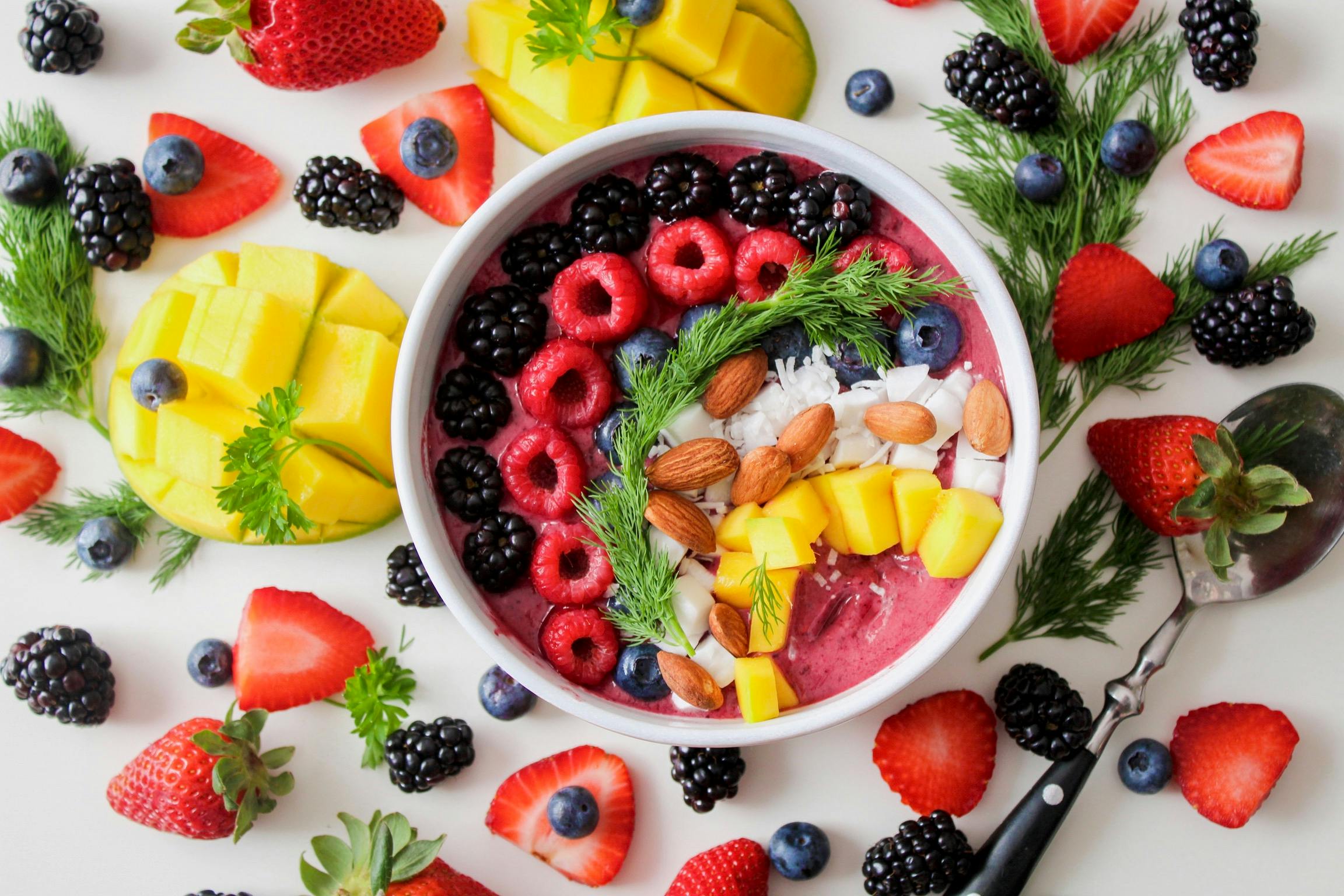
Attract Pollinators to Strawberry Plants
Pollinators are essential for the growth and development of strawberry plants. Without them, strawberry plants cannot successfully set fruit. As pollinators such as bees, moths, hummingbirds, bats and butterflies are becoming increasingly scarce due to human activities, it is important for gardeners to learn how to attract pollinators to their strawberry plants. Here are some tips on how to attract pollinators to your garden:
Provide shelter: Pollinators need shelter from the elements such as wind and rain. Planting trees and shrubs around your strawberry patch can provide the necessary shelter for them. Additionally, providing nesting materials such as logs or grasses can also be beneficial.
Plant a variety of flowers: Planting a variety of flowers in your garden provides different sources of nectar for pollinators. Choose flowers with bright colors that bloom at different times throughout the season so there is something available for the pollinators throughout the growing season.
Provide water: Having a source of water available in your garden is essential for attracting pollinators. Bird baths, shallow dishes with pebbles or even dripping faucets can provide enough water for pollinators to drink from.
Minimize pesticide use: Pesticides can have a detrimental effect on pollinator populations when used in excess or improperly. To ensure that you don’t inadvertently harm any beneficial insects, it’s best to use natural methods of pest control whenever possible.
By taking these steps, you can help ensure that your strawberry plants get the necessary visits from beneficial insects so they can grow and produce delicious fruit!
The Benefits of Having Pollinators for Strawberries
Pollination is essential for the production of strawberries. Without pollination, strawberries fail to produce fruit. Pollinators such as bees, hummingbirds, moths, and butterflies are essential to help ensure that strawberry crops are successful. These pollinators are beneficial in many ways, including providing a larger crop yield and improving the quality of the fruit.
Having pollinators around your strawberry plants will increase the number of flowers that turn into berries. This is because these creatures help spread the pollen from one flower to another, thus increasing the chances of successful fertilization and berry production. The increase in flowers will result in more berries on each plant and a larger yield overall.
Pollinators also play a role in improving the quality of strawberries by ensuring that they have better flavor and texture. Pollen from bees helps to create a better balance between sugar, acidity, and aroma which results in tastier strawberries. Additionally, having more flowers on each plant will also improve berry size since they will have more resources available for growth.
In conclusion, pollinators are essential for strawberry production as they help increase crop yields and improve the quality of the fruit. Investing in pollinator-friendly practices around your strawberry plants can lead to bigger yields and tastier fruits.
Protecting Strawberries from Pests and Diseases
Strawberries are a popular crop grown around the world, and they are susceptible to a variety of pests and diseases. Fortunately, there are several methods that can be used to protect strawberries from pests and diseases.
One way to protect strawberries is by practicing good sanitation. This includes removing any dead or diseased plants from the growing area, as well as removing weeds and debris that could harbor pests or disease organisms. Additionally, using clean tools, such as pruners and shovels, when working with plants can help reduce the spread of disease.
Crop rotation is also an important practice for protecting strawberries from pests and diseases. By rotating crops each year, the same pathogens will not be able to build up in the soil. Additionally, planting resistant varieties of strawberry plants can help reduce the risk of certain diseases.
Using mulch in strawberry beds can also help protect against disease by maintaining consistent soil moisture levels and providing insulation against extreme temperatures. Additionally, applying fertilizers according to soil tests can help ensure that plants have adequate nutrition to fight off pest and disease problems.
Finally, using natural predators such as ladybugs or parasitic wasps can help keep pest populations under control without using chemical pesticides. Chemical pesticides should only be used as a last resort if all other methods fail to protect your strawberry crop from pests and diseases.
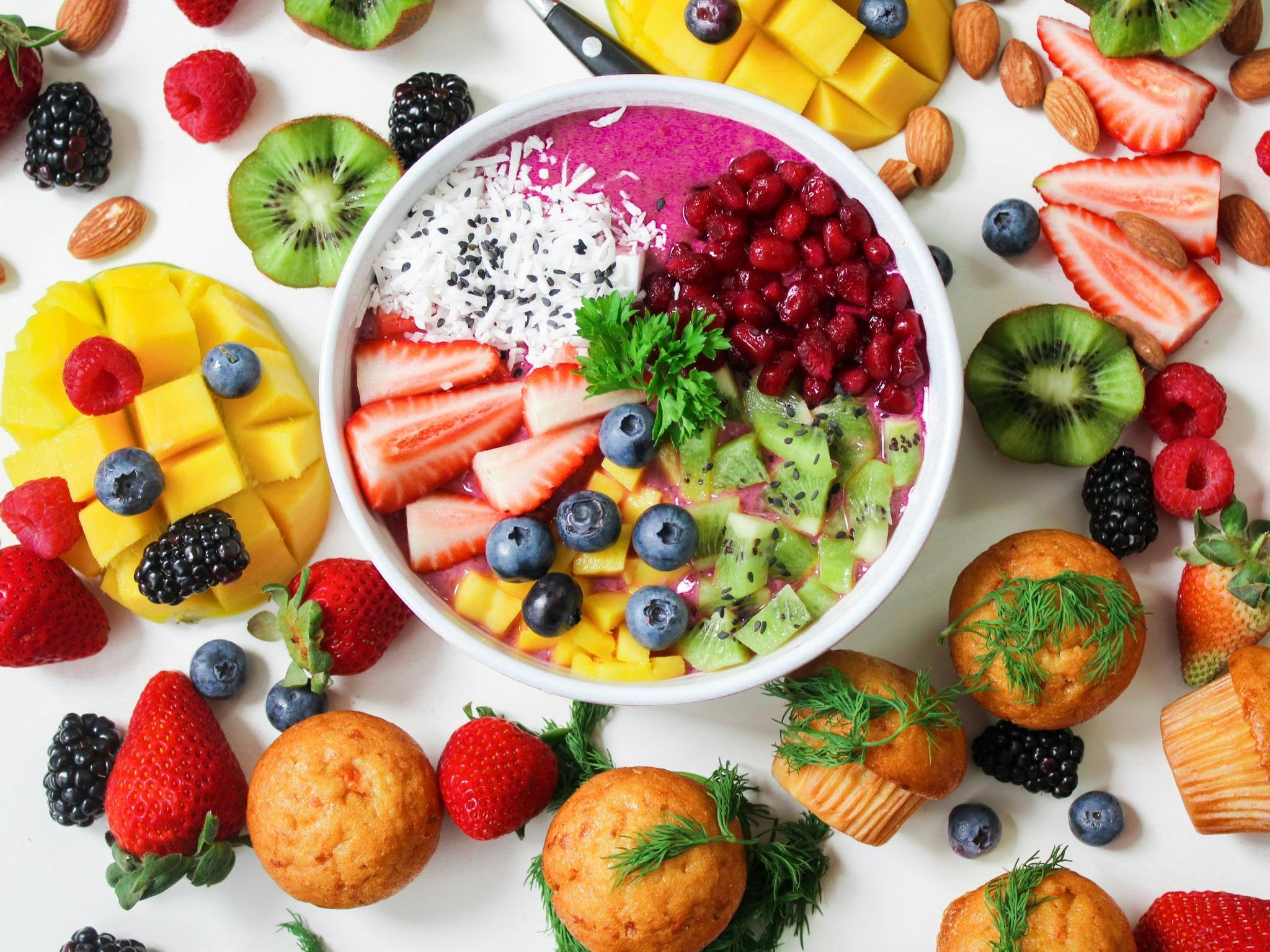
Conclusion
Strawberries are a beloved and popular fruit, enjoyed by people all over the world. Despite their popularity, many of us don’t realize that strawberries require pollinators to grow. Without pollinators, strawberry plants will not be able to produce the delicious and nutritious fruit that we all know and love. Fortunately, there are many ways to help ensure that the pollinators necessary for strawberry production are present in our environment. Planting wildflowers, avoiding pesticides, and creating natural habitats for pollinators are all great ways to ensure that our favorite fruits can continue to thrive.
Ultimately, the relationship between strawberries and pollinators is an important one. By understanding this connection and taking steps to protect our pollinator populations, we can continue to enjoy delicious strawberries for years to come.
